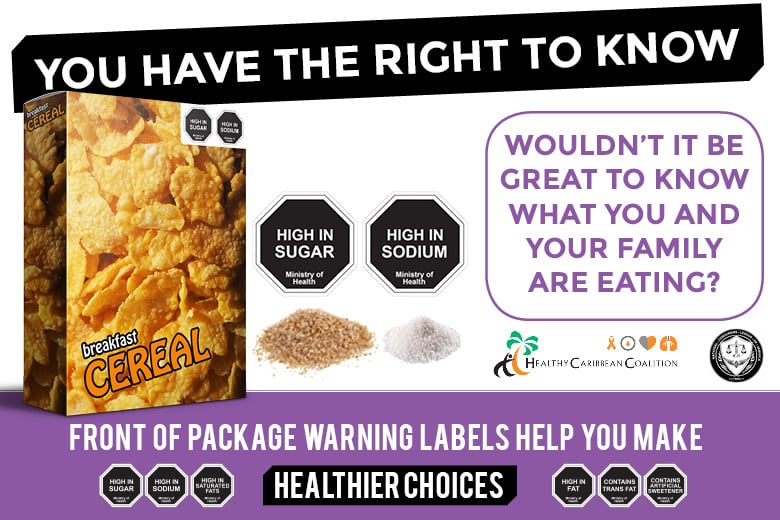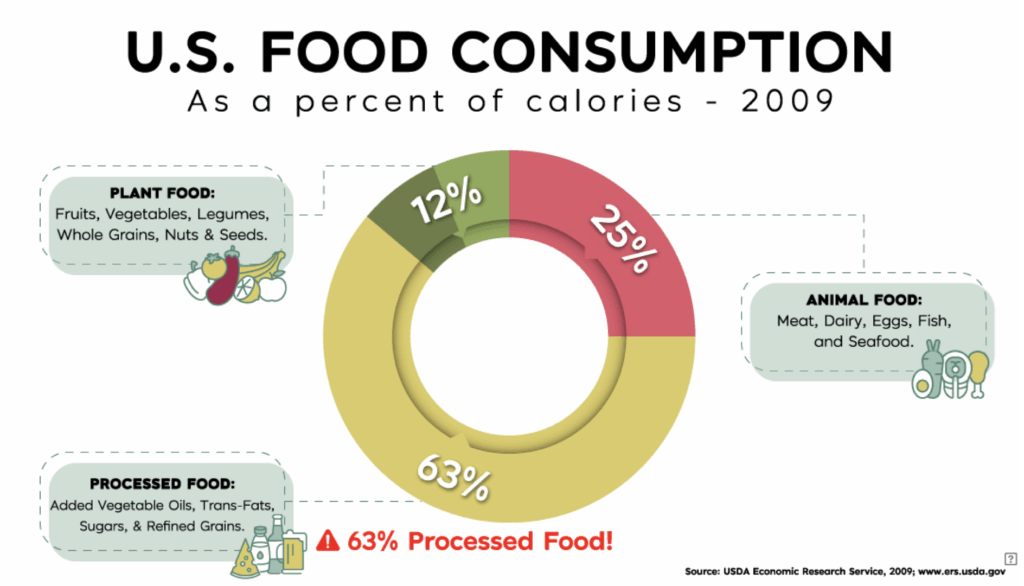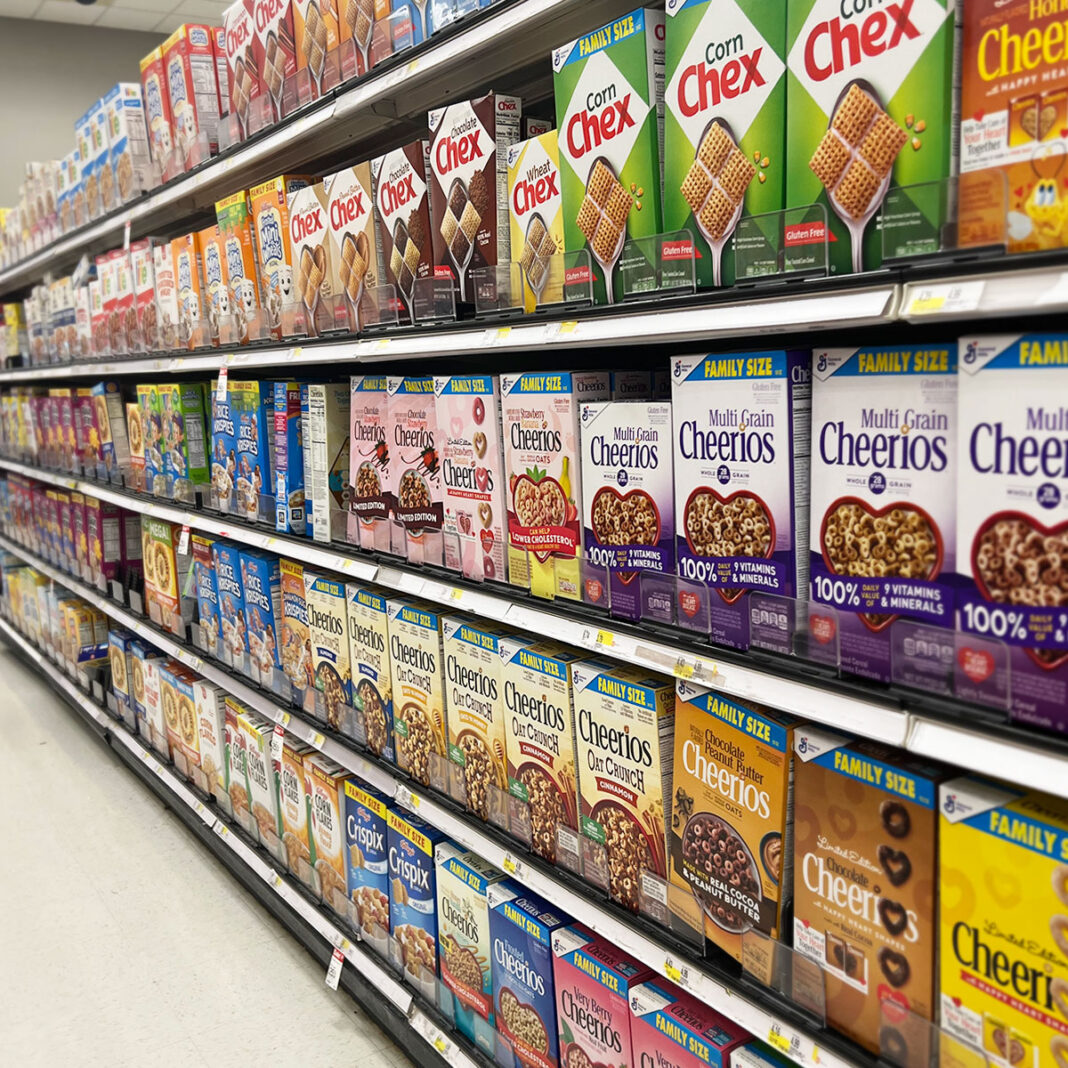Experts Warn Ultra-Processed Foods Pose Serious Heart Risks
Health experts are sounding the alarm on ultra-processed foods (UPFs), and now the nationâs top heart health organization has weighed in. A new science advisory from the American Heart Association (AHA), published in Circulation, warns that diets high in UPFs are strongly linked to increased risks of heart disease and even early death. The report calls for bold action to reduce consumption of HFSS UPFs â those high in fat, salt, and sugar â as a strategy to improve public health.
What Are Ultra-Processed Foods?
Ultra-processed foods are industrial formulations that have undergone significant processing and often include many added ingredients like preservatives, sweeteners, artificial flavors, and unhealthy fats. Think packaged snacks, sugary drinks, instant noodles, processed meats, and fast food. Theyâre convenient and engineered to taste great â but typically ânutritionally poor.â
In everyday diets, UPFs crowd out whole and minimally processed foods, which supply fiber, vitamins, minerals, and protective plant compounds. That displacement is part of the problem: fewer nutrients, more added sugars, sodium, and low-quality fats.
The Health Risks: What the Evidence Shows
The AHA advisory synthesizes recent research and finds that people who eat a lot of UPFs face substantially higher risks of cardiometabolic problems â including heart attack, stroke, and type 2 diabetes â and even higher all-cause mortality. High versus low UPF intake is associated with about a 25%â58% higher risk of cardiometabolic outcomes and a 21%â66% higher risk of mortality.
Itâs not only the extra sugar, salt, and calories. Processing itself may have independent effects: altering food structure, changing how full we feel, and introducing additives that can affect metabolism and inflammation. Diets heavy in UPFs tend to lack fiber and key nutrients, which over time can push cholesterol and blood pressure the wrong way.
A Call for Policy Changes

Unusually for a clinical advisory, the AHA looks beyond individual advice to systemic reform. Suggested moves include clearer labeling that identifies UPFs, public health campaigns, marketing restrictions (especially to children), and pricing/tax strategies that disincentivize HFSS UPFs while improving access to healthier options.
The advisory prioritizes reducing HFSS UPFs first â sodas, candies, fried snacks, fast-food burgers and fries â the biggest contributors to excess sugar, salt, and saturated fat. The goal is to make minimally processed, whole foods the easy, affordable choice.
Consumer Takeaway: Practical Swaps
Policies take time; your plate can change today. Simple swaps help: oatmeal with fruit instead of a frosted pastry; a salad with beans or grilled chicken instead of processed deli meats; water or unsweetened tea instead of soda. Cooking at home with basic ingredients naturally cuts UPF intake.
When you do buy packaged items, scan ingredients. Shorter lists you can pronounce are a good sign. Look for 100% whole grain and âno added sugarâ labels, and keep healthy staples on hand so convenience doesnât default to UPFs.
Equity & Access: Beyond Individual Choice
UPFs make up more than half of the average Americanâs calories, and in communities with limited access to fresh foods (âfood desertsâ), UPFs can dominate shelves â making healthier choices harder. The advisory emphasizes equity: reforms should improve access to nutritious foods where diet-related disease hits hardest.
Local initiatives â from better school meals to hospital food reforms â show how institutions can shift demand and norms. But lasting change also needs investment in food environments, supply chains, and pricing that put whole foods within reach.
Data to Chew On

- Population exposure: UPFs account for over half of U.S. daily calories on average; youth tend to consume a higher share than adults.
- Risk ranges: High vs low UPF intake is linked to ~25%â58% higher cardiometabolic risk and ~21%â66% higher mortality.
- HFSS focus: Prioritize cutting sugar-sweetened beverages, processed meats, and fried snacks first.
Further Reading
Read the AHA science advisory summary and journal article:
- AHA newsroom summary â Excessive UPFs tied to poor health
- Circulation journal â Ultraprocessed foods and cardiometabolic health
Context reporting:
- News coverage â Cutting HFSS UPFs may save lives
- Recent U.S. intake data â CDC data on UPF calories

